10 most endangered species on Earth in 2017
There are less than 100 specimens each left of these critically endangered species.
Endangered species are animals or plants whose population sizes fall to such low numbers that they are at risk of vanishing entirely – going extinct – if the trend is not reversed.
When population numbers get extremely low, a species can be prone to additional problems such as genetic diseases due to inbreeding if the gene pool becomes too low. Very low population numbers also make them more vulnerable to natural disasters, as just one localised event could wipe out all remaining specimens.
There are many very well-known endangered species. Snow leopards, pandas, orangutans, tigers and polar bears are all on their way to extinction if the factors putting them at risk – largely habitat destruction by humans – aren't halted. However, these species still all number in the thousands.
Here are 10 species that are much, much closer to extinction.
Vaquita porpoise
There are less than 60 vaquita porpoises left in the wild, in the Gulf of California.
Vaquita populations have been devastated by illegal fishing for the totoaba fish, which is also endangered. Vaquita porpoises are frequently caught in the gillnets that fishermen use to trap the totoaba fish.
A last attempt to save vaquita porpoises from extinction is planned, involving catching some of the porpoises and breeding them in a sanctuary.
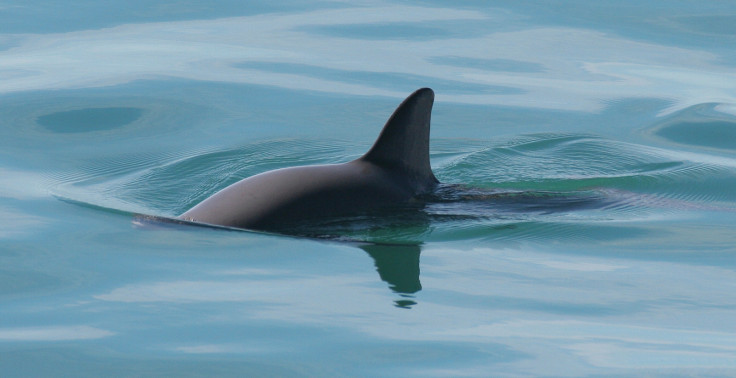
Yangtze giant softshell turtle
There are three of this species of softshell turtle left in the wild, native to China and Vietnam. The Yangtze giant softshell turtle has been driven very close to extinction by hunting, habitat destruction and pollution.
A fourth Yangtze giant softshell turtle, named Cu Rua, died in 2016 at an estimated age of more than 100.
There are still hopes that a pair in the Suzhou Zoo in China may yet breed. In 2015 the last female turtle of the species was artificially inseminated. She laid 65 eggs weeks later, but all of them were infertile.
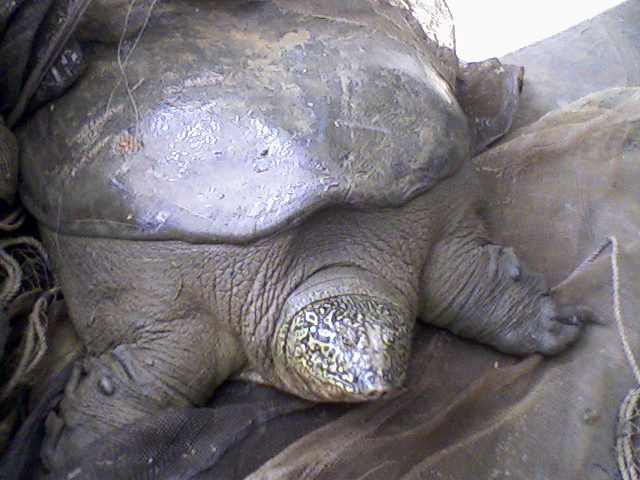
Chinese crested tern
There are thought to be about 30 Chinese crested terns left in the wild due to habitat destruction. The tern is native to China, Indonesia, Malaysia, the Philippines, Taiwan and Thailand.
The species was presumed extinct after the 1930s until it was sighted again in in the 1980s on the Matzu Archipelago in the Taiwan Strait.

Northern white rhino
There are just three northern white rhinos left in the world. They are kept under protection by armed guards in the Ol Pejeta Conservancy in Kenya.
The northern white rhino can weigh up to 2,400 kg, according to Flora & Fauna International. Before its population plummeted, this rhino's range stretched to include parts of Uganda, Chad, Sudan, the Central African Republic and the Democratic Republic of Congo.
The three rhinos left are called Sudan, Najin and Fatu. Northern white rhino reproduction programmes have failed and it is thought that none of three left is capable of reproduction.

Hainan gibbon
There are between 15 and 20 Hainan black-crested gibbons surviving. Adults weigh up to 10 kg, and are completely black, while juveniles have a bright golden-yellow fur.

Pressures from hunting threaten this primate, and previously habitat destruction was a major contributor to its decline. The remaining individuals live in a protected area in its native origin of China.
Santa Catarina's guinea pig
This species of guinea pig ranges from 20 to 40cm long, and there are thought to be just 24-60 of them left. It has one of the world's smallest geographical ranges of any mammal, being limited to a four-hectare area of Moleques Island do Sul in Brazil.
It has been driven close to extinction by factors including habitat disturbance and hunting for meat. There is poor protection from poachers on the island. Aside from humans, their only predators are birds of prey.
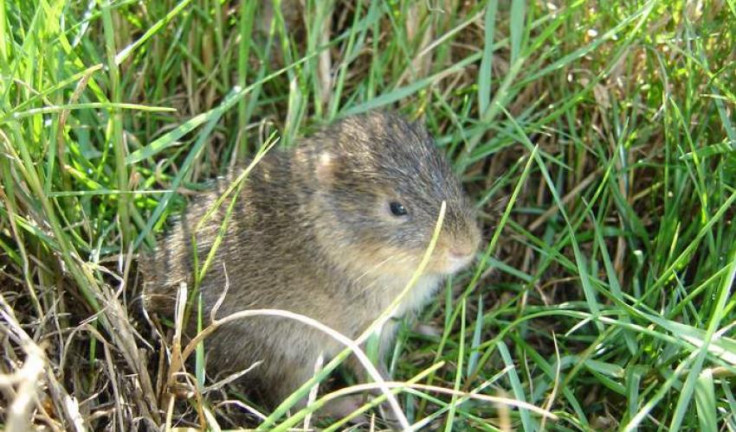
Amsterdam albatross
There are about 100 of this species of albatross left in the wild and its numbers are decreasing. It has a wingspan of up to 3.4 metres and weighs up to 8 kg.
In 2011, the Amsterdam albatross was identified as a genetically distinct species from wandering albatrosses.
While the Amsterdam albatross is not subject to hunting, it has suffered population declines due to long-line fishing, where a bird tries to catch a fish that is already caught on a fishing hook.
Fatu Hiva monarch
There are 25 adult Fatu Hiva monarchs, a type of Polynesian bird, left. They live on the island that they are named after, Fatu Hiva, in the Marquesas Archipelago.
The Fatu Hiva monarch measures about 19 cm and weighs on average just 40 g. These birds have glossy purple-black plumage and a shrill call.
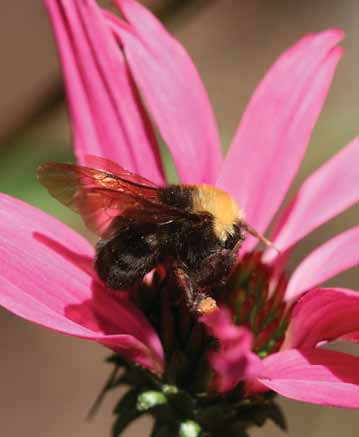
The species is now thought to be reliant on conservation workers and local people, according to BirdLife.
Franklin's bumblebee
This species of bumblebee is the most narrowly distributed bee. It is found only in the US, in southern Oregon and northern California, between the coast and the Sierra-Cascade Ranges, according to the Xerces Society for Invertebrate Conservation.
While exact population numbers are not known, it is believed the bee is in imminent danger of extinction as its numbers are decreasing drastically, according to the International Union for Conservation of Nature (IUCN). The bee feeds on nectar from flowers including lupins, Eschscholzia, giant hyssop, Monardella and vetches.
Its decline is due to diseases spread from commercial bumblebees and habitat destruction.
Javan rhino
There are about 60 Javan rhinos left, living in a reserve in Ujung Kulon National Park in Java, Indonesia.
They have a dark grey skin and a single horn measuring up to 10 inches long. They can weigh more than 2,200 kg and are up to 3.2m long, according to WWF.
They were previously also native to Vietnam, but have been poached to extinction in that country for use in traditional medicines.
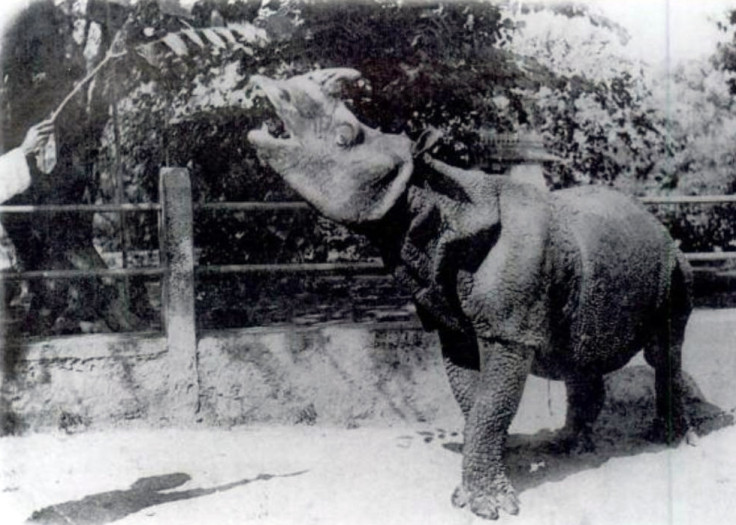
© Copyright IBTimes 2025. All rights reserved.






















